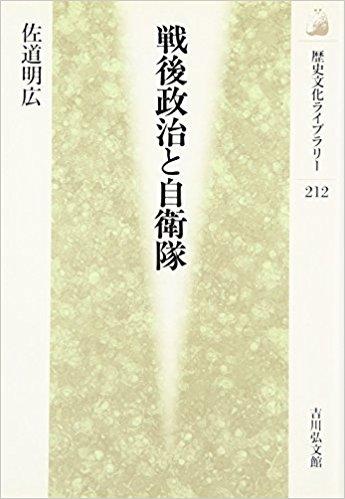In 1947, Japan eternally renounced war and the possession of armed forces with its constitution. How, then, did the Japan Self-Defense Forces (JSDF) survive, moreover, evolve over the ensuing 70 years into the prominent presence it is today? Sado Akihiro reviews the JSDF's history chiefly from the viewpoint of restrictions imposed on it by civil officials of the national bureaucracy, based on lessons gleaned from the arbitrary conduct of the military in pre-World War II days. He also explores the financial constraints placed on the JSDF in the form of a percentage of the GNP. This book traces the inside story of U.S.-Japan relations and Japan's defense policy. It attempts to shine a light on the true state of the JSDF in the midst of new challenges that put it at a crossroads, including post-9/11 international terrorism, North Korean nuclear development, and China's increased military presence in Asia.



